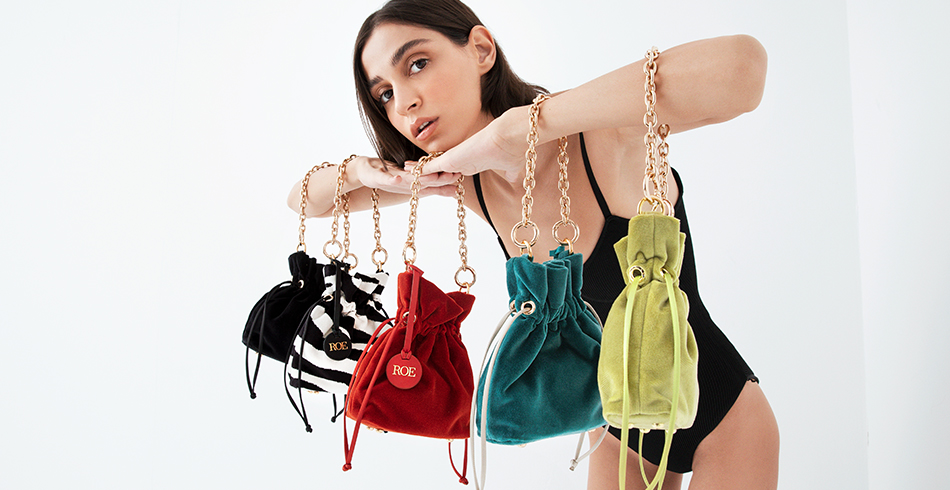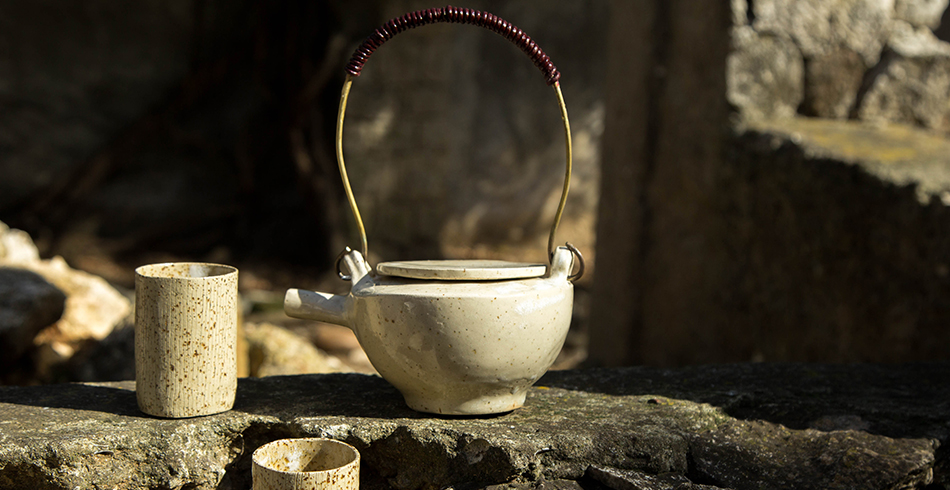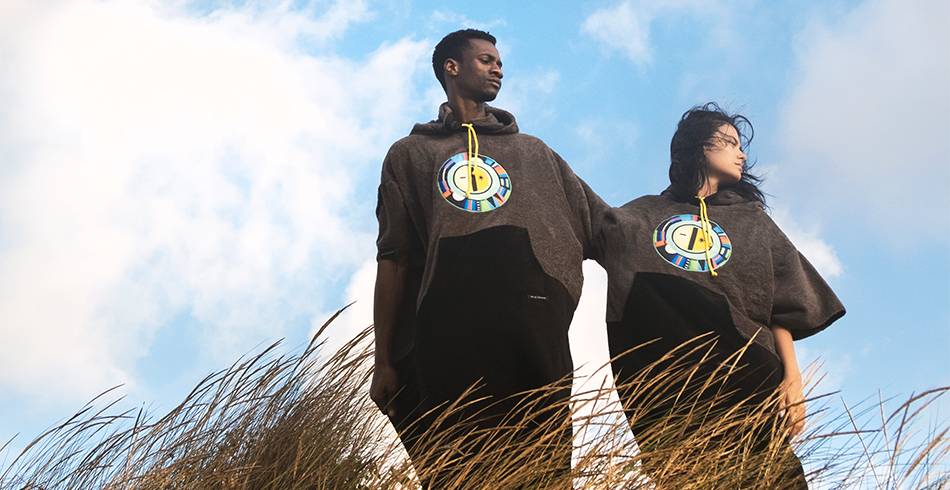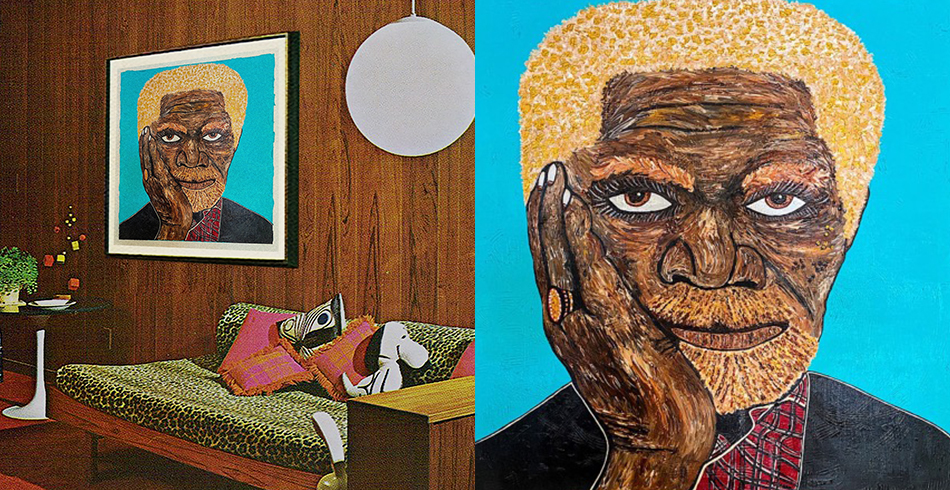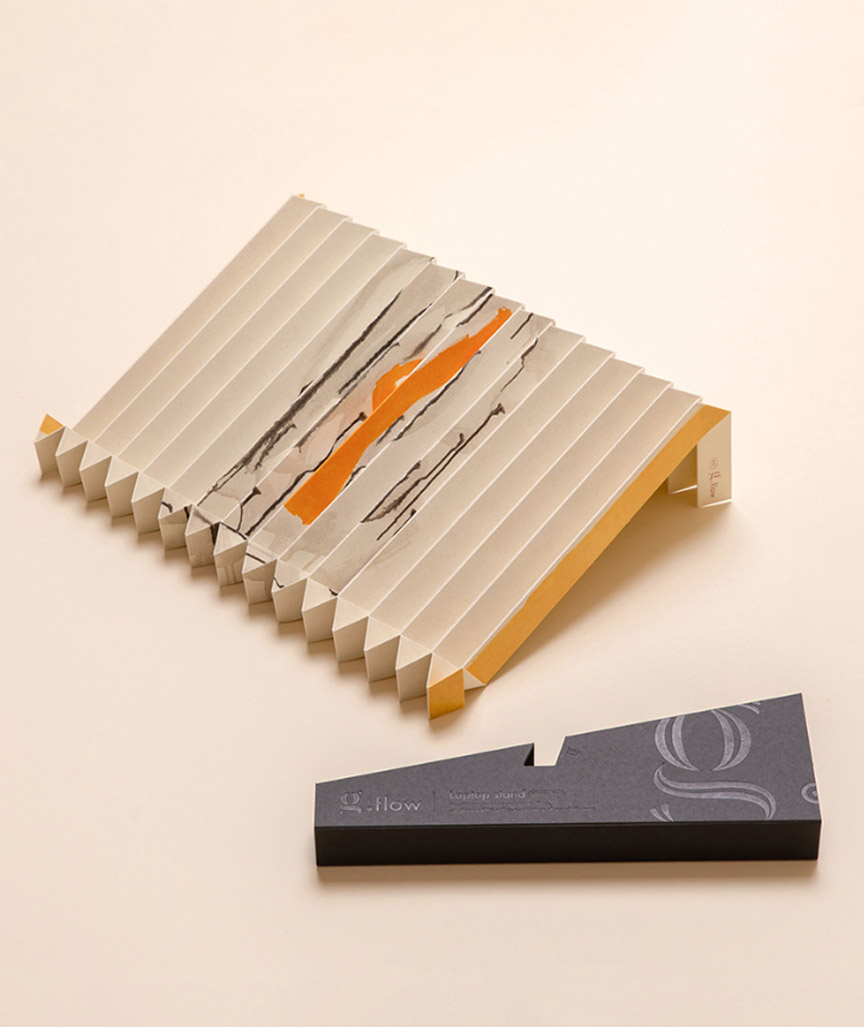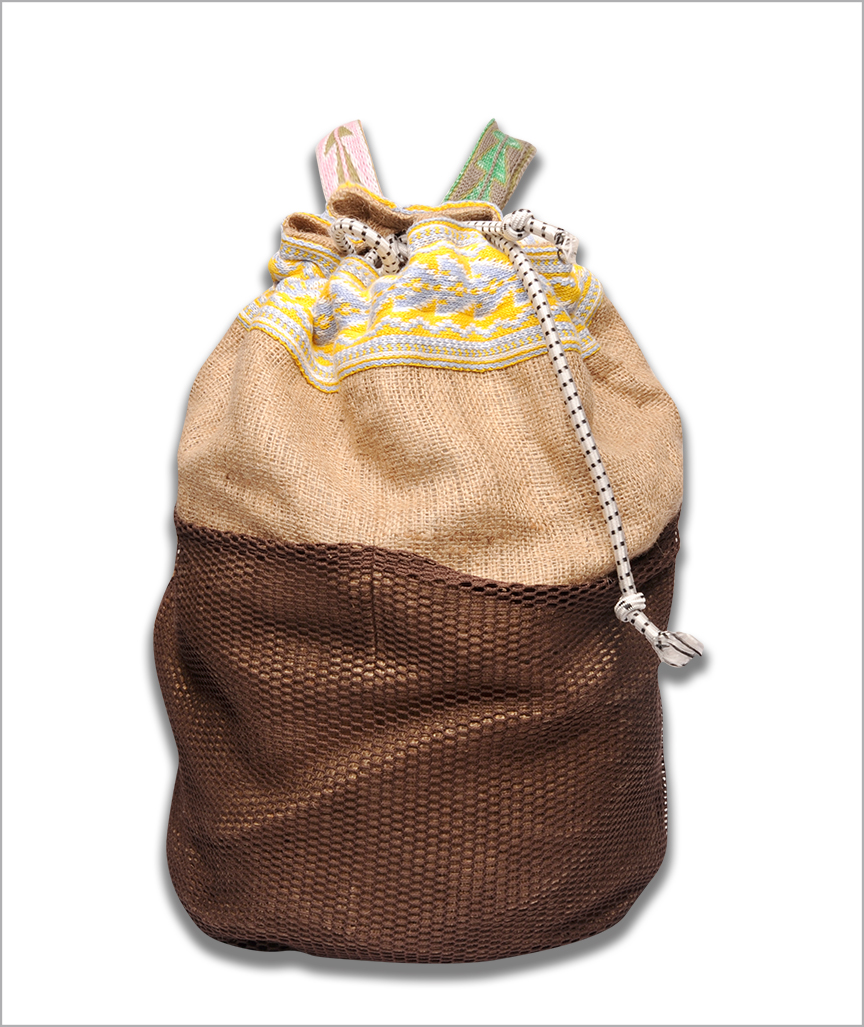Upcycling for our survival
The term “upcycling” has come into focus more than ever in recent years. What is upcycling and what role does it play in saving our planet?
The definition
Also known as "reuse, remodel, reuse, creative reuse", upcycling simply means taking old, unused, unwanted materials and turning them into new and better products.
How did upcycling become popular in the fashion industry?
Unfortunately, one of the worst industries with a negative impact on nature is the fashion industry. Studies show that the fashion industry is almost as harmful as the livestock and fertilizer industries. Most brands have chosen to ship and incinerate unsold products in recent years, which adds to our carbon footprint. The alarming state of our planet and the release of footage showing the damage done by fashion companies has drawn people's attention and response to the issue. Thereafter, fashion brands were called upon to upgrade their unsold old collections instead of throwing them away or burning them.
Save energy and water
It takes 2,700 liters of water to produce enough cotton to make a simple white T-shirt. Factories are one of the largest consumers of energy, emitting greenhouse gases. Think about the amount of electricity it takes to make the fabric, then sew millions of products, and then ship them around the world, leaving an even bigger carbon footprint. When fashion brands opt for upcycling, they benefit from it and conserve our valuable resources.
Benefits for businesses and consumers
Upcycling will help companies skip the entire manufacturing process from scratch. At the same time, production costs are reduced through upcycling and companies are supported in benefiting from unsold products. Consumers are offered trendy, new, and conscientious products to buy.




